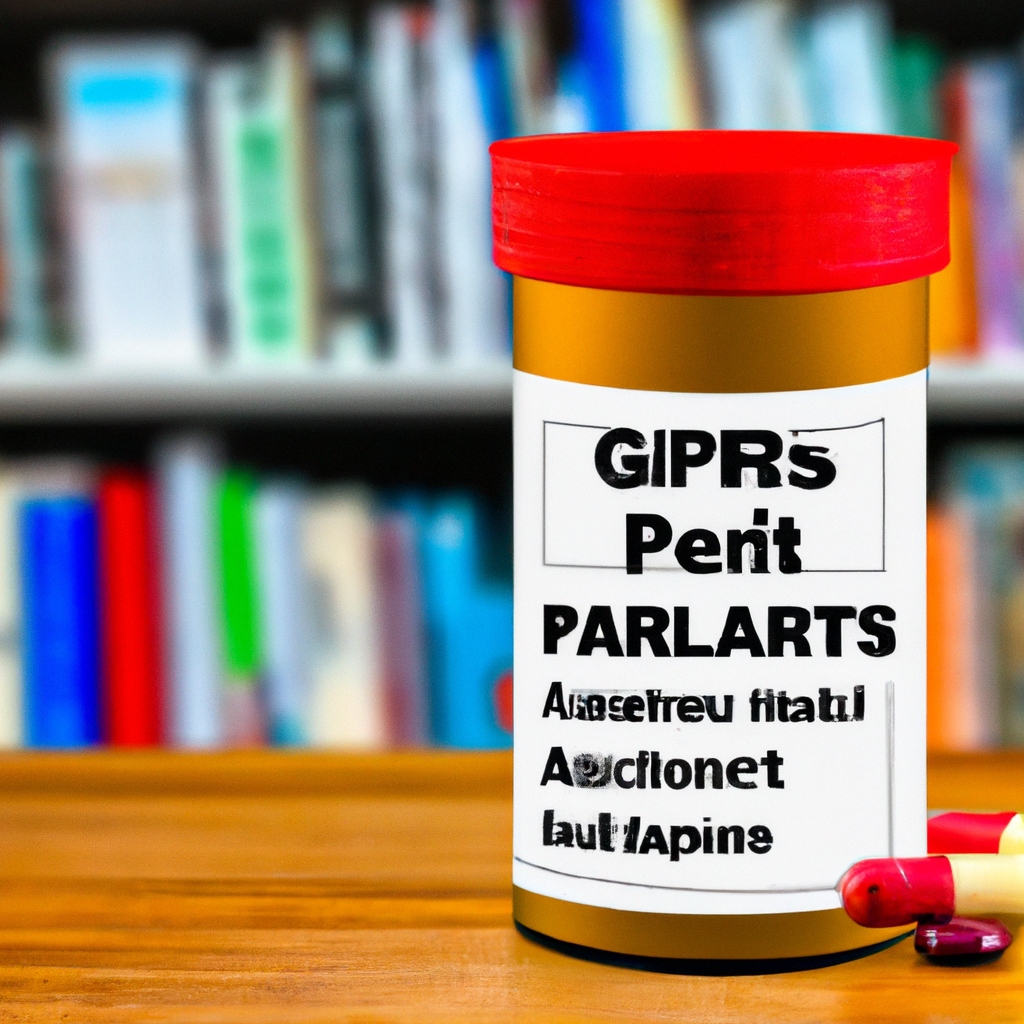A recent study reveals that the proportion of individuals without diabetes being prescribed GLP-1 medications is increasing, while new prescriptions for diabetic patients are decreasing. This research, published in the Annals of Internal Medicine, highlights a worrying trend that could lead to shortages of these essential treatments.
GLP-1 medications, which mimic a hormone that helps control blood sugar levels and curbs appetite, were originally approved for treating type 2 diabetes. However, in 2021, the FDA expanded their use, allowing Wegovy to be prescribed for weight loss.
As demand for these drugs surges, both Novo Nordisk and Eli Lilly are struggling to keep up with production. Researchers from Cedars-Sinai Medical Center and other institutions examined the medical records of 45 million Americans from 2011 to 2023. Their findings indicate that the percentage of new GLP-1 users with type 2 diabetes has dropped from nearly 90% to over 70% between 2019 and 2023, while the number of new users without diabetes has risen from 10% to 25%.
Co-first author of the study, Yee Hui Yeo, expressed that this trend signifies a broader acceptance among healthcare providers regarding the efficacy of these medications for obesity treatment. However, this shift raises alarms over potential medication shortages, emphasizing the need to ensure that diabetic patients continue to have access to these vital therapies.
The study utilized data from TriNetX, a healthcare software company, although this information may not be representative of the entire nation. Recently, GLP-1 drugs have gained popularity due to their appetite-suppressing effects, with some users experiencing weight loss of up to 26%.
The soaring sales of GLP-1 medications have elevated Eli Lilly and Novo Nordisk to the ranks of the most valuable pharmaceutical companies globally. Nevertheless, the heightened demand has made it challenging for some patients to fill their prescriptions. To address this, both companies have invested billions in enhancing their production capabilities.
According to analysts from Morgan Stanley, the global market for these drugs is expected to reach $105 billion by 2030, with projections indicating that their adoption in the U.S. could rise to approximately 31.5 million people, or about 9% of the population, by 2035.
